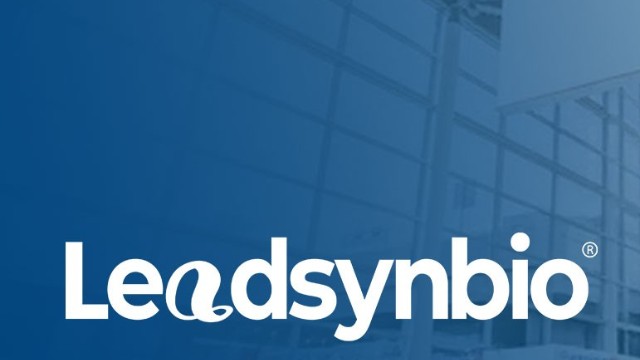The industrial production of 25-Hydroxyvitamin D₃ (25(OH)D₃), a key metabolite of vitamin D₃, has evolved significantly over the past decades:
This timeline reflects the ongoing maturation of 25(OH)D₃ from a niche feed additive to a globally relevant nutritional compound [1].
Traditionally, 25(OH)D₃ has been produced via multi-step chemical synthesis involving:
This approach, though established, involves complex chemistry and costly processes [2].
Cutting-edge synthetic biology techniques now mimic the natural hepatic metabolism of vitamin D₃:
This bio-based method offers advantages in sustainability, scalability, and product consistency [3].
Synthetic biology is an advanced discipline combining metabolic and genetic engineering to redesign biological systems with new or improved functions. Unlike traditional fermentation relying on random mutation or natural strains, synthetic biology leverages precise genetic modifications to create optimized microbial "cell factories." The resulting strains integrate seamlessly with fermentation processes to enable industrial-scale production of complex molecules such as 25(OH)D₃. This integration drives innovation beyond conventional bioproduction [3].
To ensure efficacy and safety, 25(OH)D₃ is assessed using:
These stringent controls guarantee the reliability of 25(OH)D₃ products in global markets.
Despite low additive inclusion rates, advanced formulations achieve excellent dispersion and mixing uniformity in animal feeds. For example, dilution studies demonstrate stable mixing homogeneity, supporting consistent nutrient delivery and optimal animal performance.
Practical application in swine production has demonstrated:
These outcomes support the nutritional and growth advantages of 25(OH)D₃ supplementation in commercial livestock operations.
While 25(OH)D₃ is widely recognized as a feed additive and nutritional ingredient, regulatory frameworks vary internationally:
Companies entering international markets must navigate diverse regulatory landscapes, ensuring compliance with region-specific standards such as those established by EFSA (European Food Safety Authority), FDA (U.S. Food and Drug Administration), and other authorities.
Leadsynbio remains committed to advancing innovative, bio-based production of 25(OH)D₃ aligned with international quality and regulatory expectations, supporting sustainable and effective nutritional solutions worldwide.
Disclaimer: This article is based on publicly available information and scientific literature for educational purposes only. It does not constitute medical or commercial advice. All rights reserved by Leadsynbio.
References:
Cashman KD, et al. (2016). Vitamin D deficiency in Europe: pandemic? The American Journal of Clinical Nutrition, 103(4), 1033–1044.
Holick MF. (2007). Vitamin D deficiency. The New England Journal of Medicine, 357(3), 266–281.
EFSA Panel on Additives and Products or Substances used in Animal Feed (FEEDAP). (2016). Scientific Opinion on the safety and efficacy of 25-Hydroxycholecalciferol. EFSA Journal, 14(10), 1-36.
Next:Understanding 25-Hydroxyvitamin D₃: Key Insights
Prev:Understanding 25-Hydroxyvitamin D₃: Essential Insights for Animal Nutrition

On November 12, at the 93rd API China in Chongqing, we showcased a range of our bio-manufactured ingredients. This builds on our October showcase at CPHI Frankfurt 2025, underscoring our focused strategy for...
[ Details ]Nov 14,2025